I plan to make debug probe that allows me analyze traffic on USB Type-C cable. I want to make blue middle board from the following schametic:
From my point of view right port of the my board is upstream (UFP) and left is downstream (DFP). Do I need to cross CC1/2, SBU1/2 and SS differential channels wires on my board? Currently I plan do something like this:
I did not crossed CC wires and I conencted them directly. But I crossed SBU lines because it is easier to route them on the PCB. Can I do this? I thouhgt about that in the way that because USB Type-C allows user to plug connector in two ways, crossing wires can occur naturaly. But can I cross only some wires and some dont (cross SBU and do not cross CC)? Will this connection work? I also crossed Super Speed diferential channels. Did I do this correctly?


